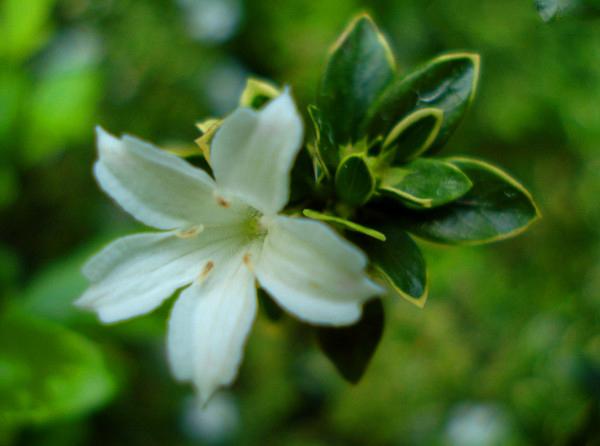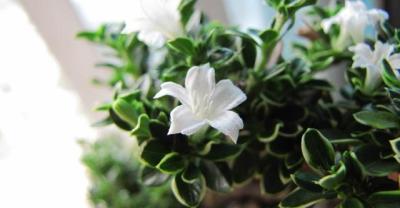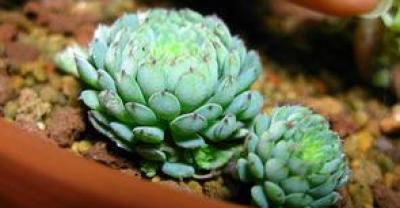June snow is just blooming season, have you cultivated this year
June snow, a perennial semi-evergreen vine of Rubiaceae, blossoms from May to August, with small and dense flowers as white as snow, so it is called "June snow". Dense branches and leaves, white flowers in full bloom, like snowflakes full of trees, elegant and lovely, is an excellent ornamental plant that can watch both leaves and flowers. June snow, also known as the full sky star, white horse bone, broken leaf holly and so on, belongs to the Rubiaceae medicinal flower plant. It has the function of dispelling wind and dampness, relaxing muscles and activating collaterals, clearing heat and detoxification, regulating spleen and regulating qi. It has a certain curative effect on rheumatism, migraine, toothache, throat pain, stomatitis, neurodermatitis, damp-heat jaundice, herpes zoster, leucorrhea and so on. Whether it is ornamental or medical, it is worth raising a pot.

Culture methods:
Soil: June snow has strong drought tolerance and lax requirements on the soil. It is so adaptable that it can be farmed even in barren soil. Pot culture should use humus, loose and fertile, strong permeability of slightly acidic, moist culture soil, good growth.
Watering: June snow in the growing season should be often watered to keep the basin soil moist. Should not be too dry or too wet for a long time, avoid stagnant water in the basin or loss of water in the basin soil. There should be no stagnant water in the basin in the rainy season to avoid rotting roots. When the summer weather is hot and dry, it is necessary to spray water to the leaves sooner or later to cool down and increase air humidity to facilitate its growth. In winter, the watering times should be reduced appropriately and the basin soil should be kept moist and slightly dry.

Light, temperature: June snow like warm and humid climate, fear of hot sun, like semi-overcast, afraid of stagnant water, cold resistance, strong resistance. The cultivation and maintenance of snow in June is relatively simple, and it is appropriate to keep it in a sunny, warm, humid and well-ventilated place during the growing period. In summer and early autumn, you should shade 50%, 50%, 70%, and remember not to expose yourself to the sun. Move indoors in time to keep warm before winter and keep the room temperature above 5 ℃. At the same time, it is necessary to reduce watering and keep the basin soil semi-dry, so as to achieve the effect of green and smooth plants.
Fertilization: June snow is not very demanding for fertility. Because it is very adaptable, even poor soil can be farmed. Therefore, in the daily breeding process, there is no need to fertilize too frequently. 0.5% phosphorus and potassium fertilizer solution is applied 2-3 times a year from April to May, and thin organic fertilizer solution is applied 1-2 times in Ladong. It is not suitable to apply fertilizer in other seasons. Do not apply too much fertilizer, nor should you apply thick fertilizer, otherwise the overgrowth of plants will affect the appreciation value.

Pruning and plastic surgery: the growth rate of June snow is very fast, so it will change shape in a short time, so it needs to be trimmed and reshaped frequently. At least twice a year, once in mid-April and once in June. Cut short long branches, long branches, thin and weak branches that are too dense, cut off branches of diseases and insect pests and other messy branches that affect ornamental. During the growing period, coring, sprouting and branching should be carried out at the right time to keep it in a graceful shape.
Diseases and insect pests: there are few diseases and insect pests in June snow, and aphids and snails occur occasionally. Aphids can be sprayed with wind oil essence diluted 500-600 times. Snails can be sprayed with 58% wind-thunderbolt EC 1500 times. Sometimes root rot occurs. At the beginning of the disease, the root and foliar spray of 12% oleic acid copper EC can be used to prevent and cure the disease. Spray (irrigation) once every 3-5 days, continuous spraying (irrigation) 3-4 times.

Propagation: June snow can be propagated by cutting, ramet and striping. The cuttings of old branches were carried out in April in spring, and the cuttings of tender branches were carried out in the rainy season in June. The cuttings should be shaded, and the survival rate of cuttings in sand bed is high. Large perennial branches can also be cut, cut into horseshoe shape and inserted into vermiculite or sand. Cover it with plastic film and spray more water, and it will take root after 1 month.
- Prev

Does aquaculture crystal have the same composition as natural crystal? How can consumers tell the difference?
What is aquaculture crystal? Natural crystal is a national defense mineral, natural crystal after electrification will produce continuous and stable high-frequency oscillation, it is mostly transported in the military.
- Next

Analysis of the national bamboo rat breeding market in 2017, it is difficult to succeed.
In the first half of 2017, the following data of bamboo mouse seedling prices in various regions of the country are sorted out according to the quotations of bamboo rat farmers, and the price data are from January to June 2017.
Related
- On the eggshell is a badge full of pride. British Poultry Egg Market and Consumer observation
- British study: 72% of Britons are willing to buy native eggs raised by insects
- Guidelines for friendly egg production revised the increase of space in chicken sheds can not be forced to change feathers and lay eggs.
- Risk of delay in customs clearance Australia suspends lobster exports to China
- Pig semen-the Vector of virus Transmission (4)
- Pig semen-the Vector of virus Transmission (3)
- Five common causes of difficult control of classical swine fever in clinic and their countermeasures
- Foot-and-mouth disease is the most effective way to prevent it!
- PED is the number one killer of piglets and has to be guarded against in autumn and winter.
- What is "yellow fat pig"? Have you ever heard the pig collector talk about "yellow fat pig"?

